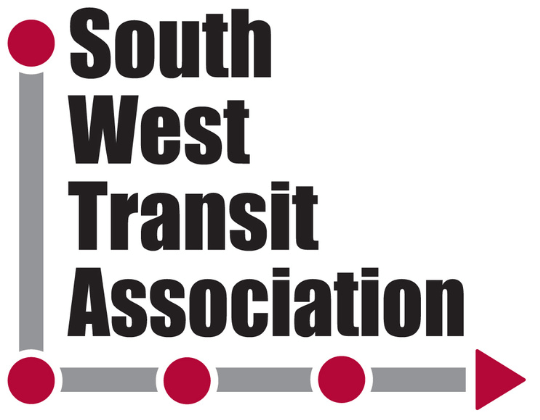In this day and age, great user experience (UX) is a key deciding factor for whether a rider takes an alternative transportation mode or resort to driving themselves. Learn how having an easy, transparent, and delightful UX will lead to higher ridership.
What does user experience (UX) have to do with ridership? Everything.
When we chatted with commuters about their experience trying to join a vanpool, we heard a lot of similar feedback that sounded like this:
- “The process is cumbersome.”
- “I had to do a lot of manual work calling or emailing others.”
- “The paperwork looked complicated.”
In a world where driving a car and calling an Uber is so effortless, to get riders into alternative transportation modes, you must make the experience of taking these modes just as simple. Consumers have come to expect immediacy and ease of use, and they’re frustrated by having to jump through hoops just to find out what the bus schedule is or how to join a carpool. The more a rider needs to figure things out on her or his own, the harder it will be to retain that rider. It’s no longer enough to just provide a useful service — you need to provide a service that is usable, delightful, accessible, credible, findable.
Ask yourself, is your transportation program’s end user experience…
- Usable: Is using your service straightforward and understandable, or do riders drop out before taking the service because the process is confusing?
- Delightful: Does the rider feel delighted using the product? Is it a nice thing to use?
- Accessible: Have you taken into consideration the needs of all types of riders — the office and the shift workers, those who live in cities and those in rural areas?
- Credible: Do your riders trust the product and service and have confidence that they will get to their destination safely, on time, satisfactorily?
- Findable: Are the transit information and controls (e.g. finding routes and booking rides) simple to locate and easy to use? If I can’t find it, I can’t use it.
In recent years, many companies like Transit App, Waze Carpool, Motivate, have invested in software to make taking public transit, carpooling, and bike share (respectively) simple, modern, and user friendly, thus making taking alternative transportation modes an easier decision for riders. But, not much technology investments have been made in the vanpooling industry. For vanpool program managers:
- Are your riders still coordinating with you to join vanpools via email or phone calls?
- Are your riders still signing forms via PDFs?
- Are your riders still documenting ridership data with a clipboard? And you are entering this data into a spreadsheet?
Over the coming years, as more Gen-Z’s transition into the workforce, these practices that place stress and cognitive overload on riders simply will make user retention difficult.
Here at MagicBus, we have researched, designed, tested, and launched a vanpool booking app that takes users through a seamless journey, from search, book, pay, and ride. By improving the user experience for riders, we have been able to facilitate rides for more than 10,000 riders, and the average rider stays with us for 14 months.
Modeshift to vanpool requires a fantastic UX. Let’s talk about your program and what we can do to attract new riders and bring those riders back again and again.



